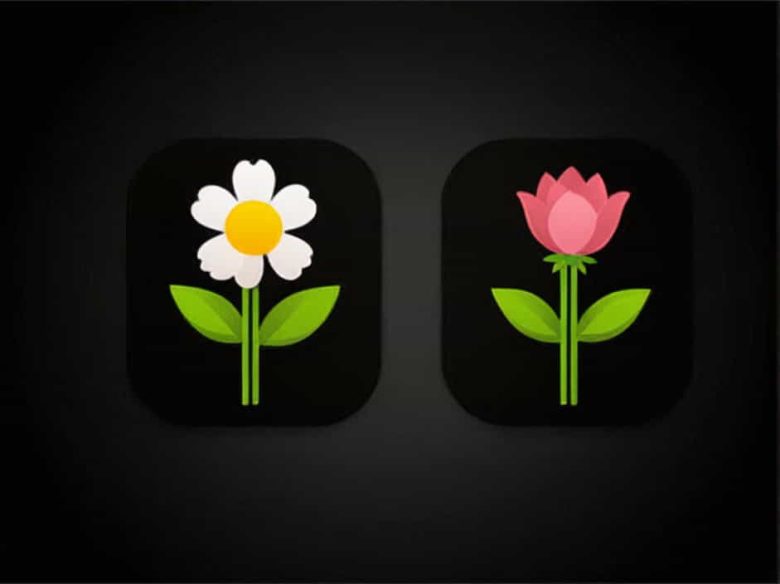In the plant kingdom reproduction varies widely with some species bearing both male and female reproductive structures on the same plant while others separate them. When staminate (male) and pistillate (female) flowers grow on different plants the species is classified as dioecious.
Dioecious plants are essential in biodiversity and agriculture influencing pollination fruit production and genetic diversity. This topic explores examples of dioecious plants their reproductive strategies advantages and challenges in cultivation.
1. Understanding Staminate and Pistillate Flowers
What Are Staminate Flowers?
Staminate flowers are male flowers that produce pollen. They contain stamens which consist of:
- Anthers – The pollen-producing part.
- Filaments – Support structures holding the anthers.
What Are Pistillate Flowers?
Pistillate flowers are female flowers that contain the pistil which includes:
- Stigma – Receives pollen.
- Style – Connects stigma to the ovary.
- Ovary – Develops into fruit after fertilization.
Since dioecious plants have separate male and female plants cross-pollination is necessary for reproduction.
2. Examples of Dioecious Plants
Many important plants belong to the dioecious category including trees shrubs and some crops. Here are notable examples:
A. Common Dioecious Trees
- Willow (Salix spp.) – Found near water sources requiring wind or insect pollination.
- Poplar (Populus spp.) – Fast-growing trees used in paper production.
- Holly (Ilex spp.) – Produces bright red berries on female plants.
- Ginkgo (Ginkgo biloba) – An ancient tree species with separate male and female individuals.
B. Dioecious Fruit Plants
- Date Palm (Phoenix dactylifera) – Male trees pollinate female trees to produce dates.
- Kiwi (Actinidia deliciosa) – Requires both male and female plants for fruit production.
- Papaya (Carica papaya) – Some papaya varieties are dioecious meaning female plants need male plants nearby.
C. Other Dioecious Plants
- Spinach (Spinacia oleracea) – A dioecious leafy green that requires separate male and female plants.
- Marijuana (Cannabis sativa) – Important in hemp and medicinal industries; only female plants produce buds.
3. How Dioecious Plants Reproduce
Since male and female flowers grow on different plants dioecious plants depend on pollination agents to transfer pollen from staminate to pistillate flowers. The most common pollination methods include:
A. Wind Pollination (Anemophily)
- Pollen is lightweight and abundant carried by the wind.
- Examples: Willows poplars and ginkgo trees.
B. Insect Pollination (Entomophily)
- Flowers attract bees butterflies and beetles for pollination.
- Examples: Holly kiwi and date palm.
C. Artificial Pollination (Human-Assisted)
- Farmers manually transfer pollen to ensure fertilization.
- Common in kiwi and date palm cultivation.
4. Advantages of Dioecious Plants
Dioecious plants have several evolutionary and ecological benefits such as:
A. Genetic Diversity
- Since cross-pollination is required genetic mixing leads to stronger offspring.
- Reduces the risk of inbreeding making plants more adaptable.
B. Controlled Fruit Production
- Farmers can select only female plants for fruit-bearing crops.
- In ornamental plants like holly only female plants produce decorative berries.
C. Disease and Pest Resistance
- Separation of male and female flowers reduces the spread of diseases between plants.
5. Challenges in Cultivating Dioecious Plants
While dioecious plants have advantages they also present challenges in cultivation and reproduction.
A. Need for Both Male and Female Plants
- Farmers must ensure the right ratio of male-to-female plants for pollination.
- Example: In kiwi farming a typical ratio is 1 male for every 6-8 female plants.
B. Low Fruit Yield Without Pollination
- If pollinators are absent or scarce female plants may fail to produce fruit.
- In urban settings artificial pollination may be required.
C. Space Constraints
- Because two separate plants are needed more land is required for cultivation.
- This makes some dioecious plants less efficient for high-density farming.
6. How to Identify and Manage Dioecious Plants
A. Identifying Male and Female Plants
- Male plants produce small pollen-rich flowers.
- Female plants develop larger flowers or fruiting structures.
B. Managing Dioecious Crops for Maximum Yield
- Plant the right ratio – Ensure an optimal mix of male and female plants.
- Use artificial pollination – In crops like date palms farmers manually transfer pollen.
- Attract pollinators – Plant flowering species nearby to encourage bees and butterflies.
- Space plants properly – Avoid excessive competition for nutrients and sunlight.
Dioecious plants where staminate and pistillate flowers grow on separate plants play an essential role in ecosystems and agriculture. They promote genetic diversity control fruit production and offer resistance to diseases. However they also require careful pollination management to ensure successful reproduction.
Understanding the reproductive strategies of dioecious plants helps farmers gardeners and botanists optimize their growth and maximize yields. Whether in forests farms or home gardens these unique plants highlight the complexity and beauty of plant reproduction.



